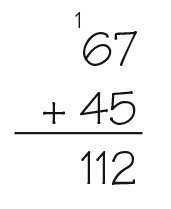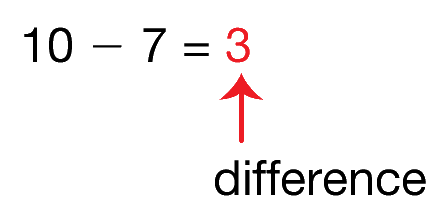Students make connections among representations and a variety of mental math and paper-and-pencil strategies including expanded form and the compact method as they solve multidigit subtraction problems. They practice estimating differences and checking their subtraction calculations with addition.
Content in this Lesson
- Using and applying place value concepts to make connections among representations of multidigit numbers using base-ten pieces, number lines, expanded form, and standard form [E1].
- Composing and decomposing numbers using ones, tens, hundreds, and thousands [E2].
- Showing different partitions of numbers (to 1000) using different representations (e.g., base-ten pieces, number lines, number sentences) [E3].
- Representing subtraction problems using base-ten pieces and number lines [E5].
- Subtracting multidigit numbers using mental math strategies (e.g., composing and decomposing numbers, counting) with base-ten pieces and number lines [E6].
- Subtracting multidigit numbers using paper-and-pencil methods (e.g., expanded form and compact) [E7].
- Estimating differences using mental math strategies (e.g., rounding using benchmarks, using friendly numbers, composing and decomposing numbers, counting) [E8].
- Knowing what is important when solving a problem [MPE1].
- Finding an efficient strategy for solving a problem [MPE2].
- Using estimation to check for reasonableness [MPE3].
- Solving a problem a second way to check [MPE4].
- Showing or telling how to solve a problem [MPE5].
- Using labels to show what numbers mean [MPE6].
Daily Practice and Problems Q–V
Assessment in this Lesson
| Assessment | Expectation Assessed | Math Practices Expectation Assessed |
|---|---|---|
|
Finish It: Subtraction Check-In: Questions 2–3 with Feedback Box Student Activity Book Pages 749–750 |
|
|
|
Swim Camp for Sharks Check-In: Questions 4–6 with Feedback Box Student Activity Book Pages 754–756 |
|
|
|
My Own Subtraction Strategies Menu Student Activity Book Page 757 |
|
|
|
DPP Item Q Subtraction Facts Quiz: Group F Teacher Guide - digital |
|
|


















